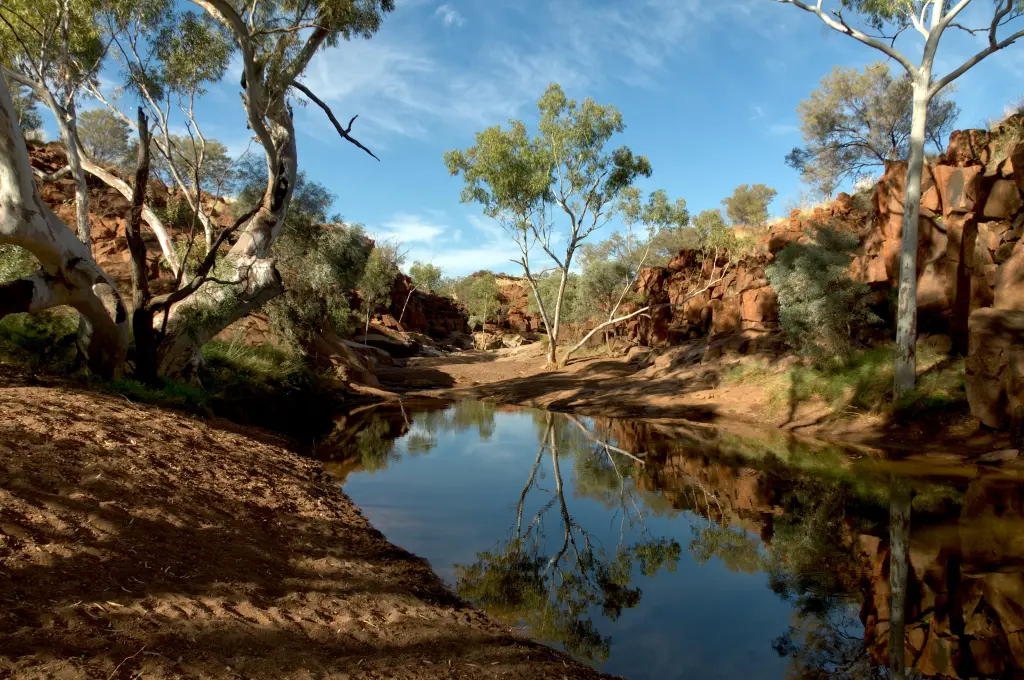 Religion and religiosity are about the “4 Bs” of believing, bonding, behaving and belonging, reflecting their spiritual, cognitive, emotional, moral and social dimensions. According to the 2016 census, the percentage of Australians with a religious affiliation was 60.35 per cent. Research also shows that on balance, notwithstanding the negativities, religion adds to the social capital or social wealth of a nation. Religion and spirituality are concerned with the fundamental values of love, care, hope and interconnectedness. The strength of faith communities is their grassroots connectedness and their interface with government leaders and authorities.
Religion and religiosity are about the “4 Bs” of believing, bonding, behaving and belonging, reflecting their spiritual, cognitive, emotional, moral and social dimensions. According to the 2016 census, the percentage of Australians with a religious affiliation was 60.35 per cent. Research also shows that on balance, notwithstanding the negativities, religion adds to the social capital or social wealth of a nation. Religion and spirituality are concerned with the fundamental values of love, care, hope and interconnectedness. The strength of faith communities is their grassroots connectedness and their interface with government leaders and authorities.
Religion and State – Paragraph 116 of the Australian Constitution:
Unlike countries such as France and the United States but like Canada, Australia has a moderate model of the separation of religion and state as stated in Paragraph 116 of the Constitution. In the governance of religion and religious diversity, firstly, the Australian State has a facilitating role in allowing citizens to exercise their right to religious freedom and to practise their religious beliefs according to their traditions and modes of worship. However, it is important to note that the right to religious freedom is a relative, not an absolute, right, and therefore derogable as has happened during the pandemic with the closure of places of worship. Secondly, the State has a brokering role in the relationship between the various faith traditions, whether Catholic or Anglican or Presbyterian or Jewish or Hindu or Muslim or Sikh or Buddhist in ensuring there is interreligious harmony and social cohesion. Thirdly, the State has the responsibility and the role of monitoring religious communities in order to ensure their compliance with the law and the common good of Australian society because there is always the possibility of destructive religions and spiritualities and damaging religious and spiritual practices. Lastly, and following on, the State has a responsibility to exercise a protective role towards its citizens from damaging and destructive religious beliefs and practices.
It would seem that religious communities and their leaders have seven functions in addressing the challenges and complexities of 21st century Australia in the pursuit of human well-being and social cohesion:
2. To serve the spiritual welfare and pastoral care of their religious communities, including those who have arrived as migrants, refugees, asylum seekers and as stateless people and to be their public and private support
3. To collaborate with governments and their own faith communities in working for harmony and social cohesion in Australia, monitoring and critiquing government actions or lack of action in constructing a civil society and designing and implementing public policy as well as in emergencies and disasters providing volunteers and a surge capacity to respond to immediate needs
4. To work with and for reconciliation with Australia’s indigenous peoples for their appropriate recognition and place in Australian society
5. To have a special responsibility for vulnerable groups, particularly women and children, the disabled and homeless, in their protection and education, including to help facilitate the formation of self-help organizations for these at-risk groups, and the religious communities have the capacity to keep doing this work
6. To educate one’s own religious community, including through their own schools, and to help educate the general community about the situation and needs of at-risk, vulnerable groups and about the danger and damage caused by racism, discrimination, supremacist ideologies, health challenges and social and physical neglect in terms of human rights and human dignity
7. To help change the self-image of the Australian nation as a growing diverse nation in cultural, linguistic and religious terms, seeing well-cared for and well-educated women and children as national assets and seeing the migrant and refugee newcomers also as assets

Photo by René Riegal on Unsplash
